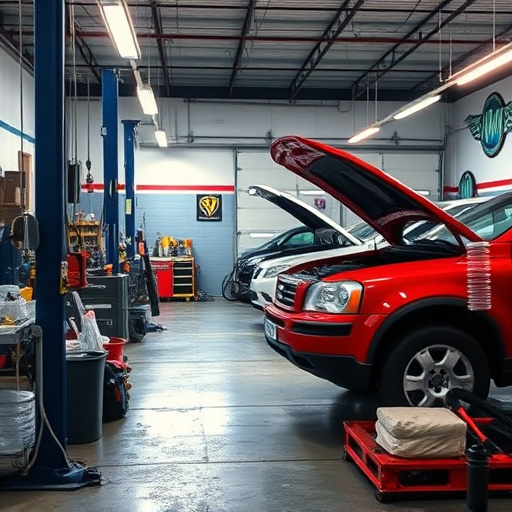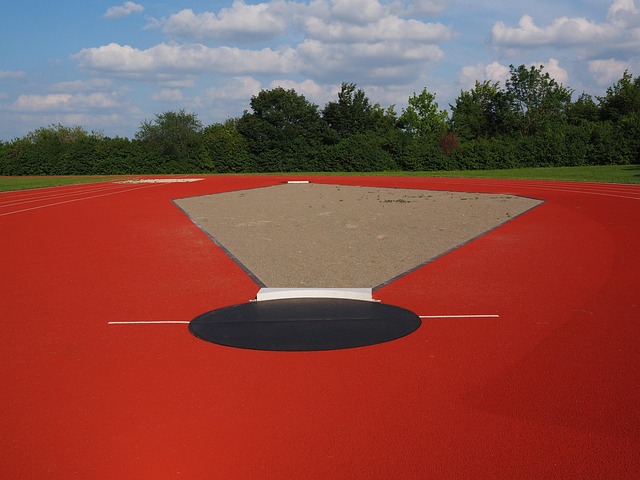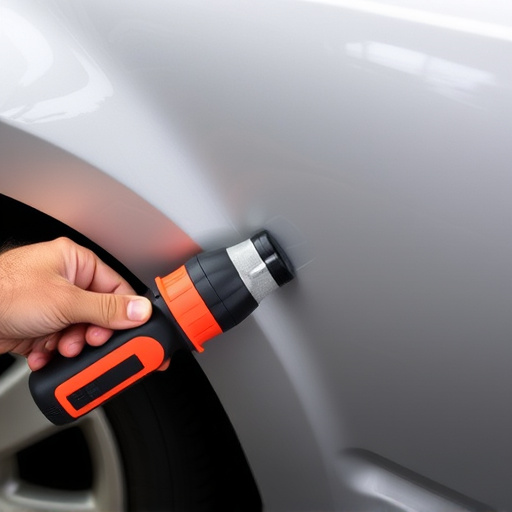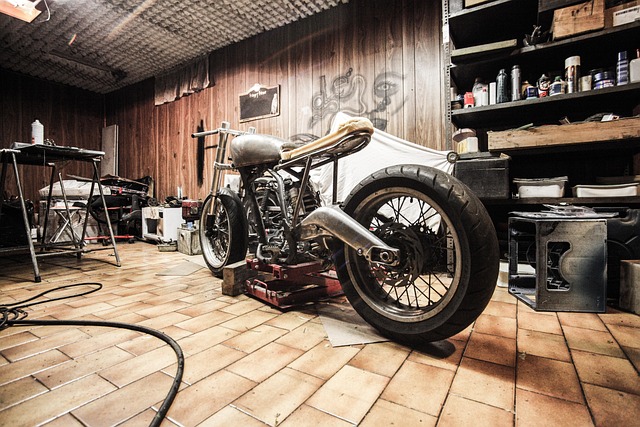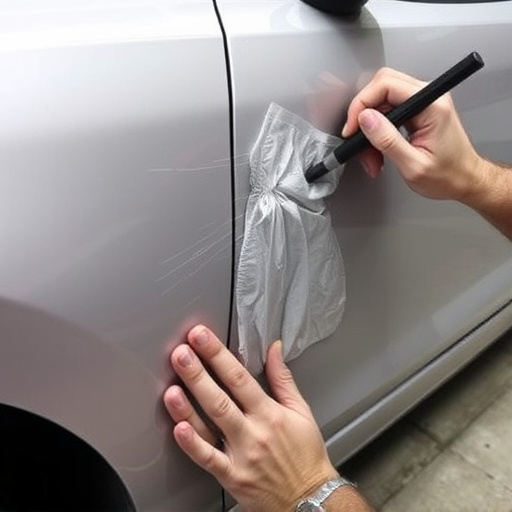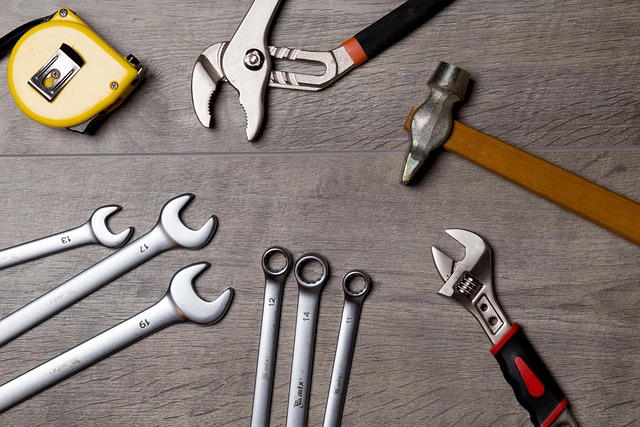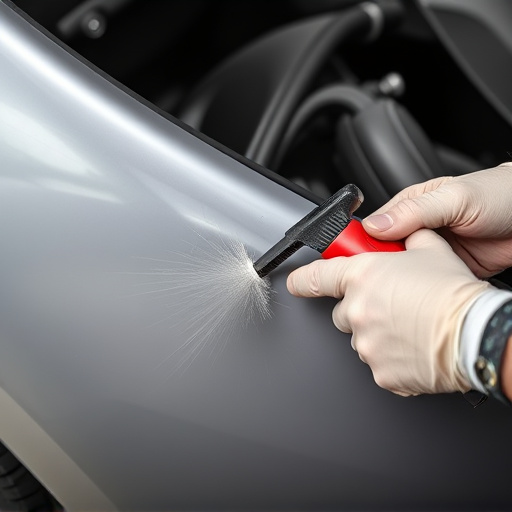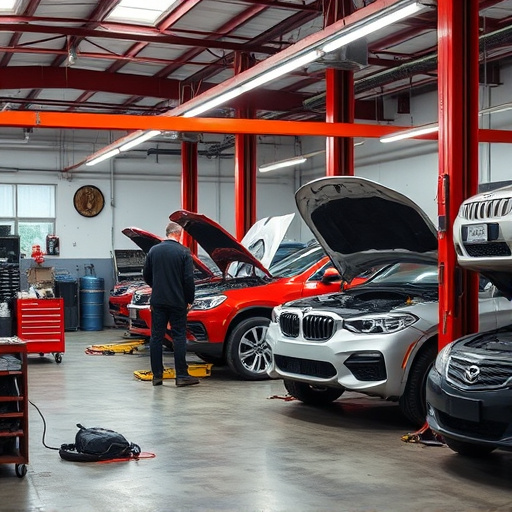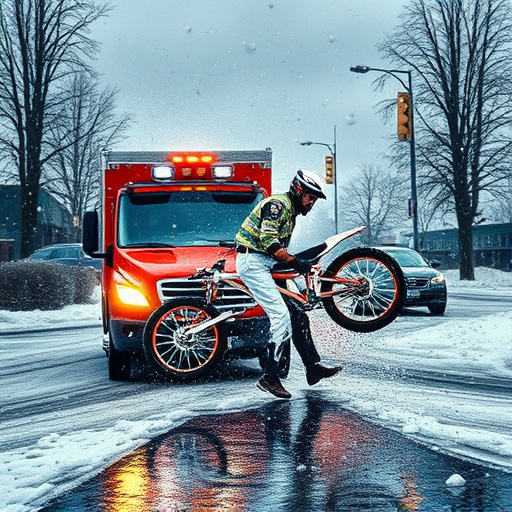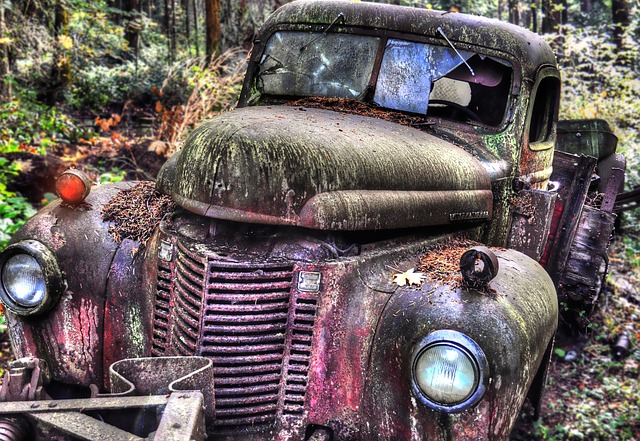Assessing compatibility is crucial when using water-based paints for collision repairs to ensure optimal results. These paints have unique properties that differ from traditional solvent-based formulas, so verifying their suitability for vehicle repair needs is essential. Look for paints certified for automotive use and designed to match original manufacturer specifications for quality, color accuracy, and durability. Trained technicians examine pH levels, resin types, and pigment composition to prevent issues like blisters or cracks, guaranteeing a flawless finish that maintains the car's aesthetic appeal and protects against future damage. This meticulous process involves small-scale tests or specialized equipment in a collision center setting, ensuring water-based paint collision repair services meet high standards of quality and durability.
In the realm of automotive restoration, water-based paint collision repair has gained prominence as an eco-friendly alternative. Ensuring top-notch quality, however, demands a meticulous workflow. This article guides you through crucial steps to verify excellence in water-based paint collision repair. From assessing paint compatibility and surface preparation to application, drying, and final inspection, discover the key practices that ensure durable, vibrant results. Master these techniques to revolutionize your repair process.
- Assessing Water-Based Paint Compatibility
- – Understanding chemical interactions and compatibility between old and new water-based paints
- – Testing for pH levels and adherence to industry standards
Assessing Water-Based Paint Compatibility

When conducting water-based paint collision repairs, assessing compatibility is a crucial step to ensure optimal results. Water-based paints have unique properties that differ from traditional solvent-based formulations, so it’s essential to verify their suitability for specific vehicle repair needs. Look for paints certified for use in automotive applications and those designed to match the original manufacturer’s specifications. This ensures not just quality but also color accuracy and durability.
Proper compatibility assessment involves examining the paint’s chemical composition, drying time, and adhesion to various vehicle surfaces. Testing should include application on different metal types, as well as priming and coating procedures. In a collision center setting, this might involve small-scale tests on similar vehicles or utilizing specialized equipment for more accurate assessments. Ensuring water-based paint compatibility is key to achieving a seamless finish in vehicle paint repair.
– Understanding chemical interactions and compatibility between old and new water-based paints
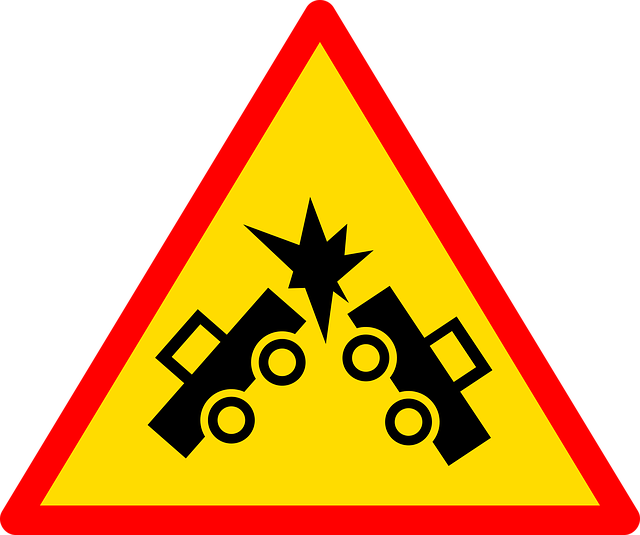
The success of water-based paint collision repair hinges on a deep understanding of chemical interactions. When repairing damage to an automobile, it’s crucial to consider the compatibility between the old and new water-based paints used. This involves scrutinizing factors like pH levels, resin types, and pigment composition to ensure seamless integration. Compatibility issues can lead to blisters, cracks, or uneven finishes, compromising the repair’s quality and longevity.
Auto body services that specialize in water-based paint collision repair employ trained technicians who stay abreast of industry best practices. They meticulously test for chemical compatibility using specialized tools and knowledge bases, ensuring that the new paint adheres perfectly to the existing surface. This meticulous approach is vital for achieving a flawless finish that not only matches the car’s original aesthetics but also protects it from future damage.
– Testing for pH levels and adherence to industry standards
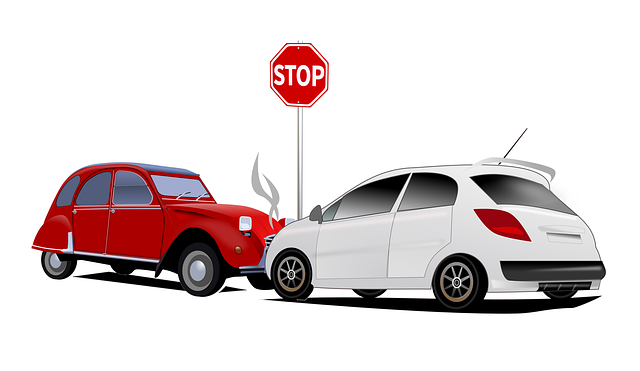
In the realm of water-based paint collision repair, ensuring quality involves meticulous testing and adherence to established industry standards. The first step is to verify pH levels in both the water and the paint. Optimal pH levels ensure optimal performance and adhesion during the repair process, crucial for achieving a durable and seamless finish when restoring vehicle body shops’ damaged cars.
Industry standards dictate specific parameters that must be met, including the use of approved primers and topcoats compatible with water-based paints. Auto body shop professionals should conduct thorough tests to confirm paint adherence to these standards, ensuring the final restoration meets high-quality criteria. This meticulous approach guarantees that car repair services deliver not just visually appealing results but also long-lasting protection for the vehicle’s surface.
In conclusion, ensuring high-quality outcomes in water-based paint collision repair involves meticulous attention to chemical compatibility and adherence to industry standards. By carefully assessing paint interactions and pH levels, technicians can deliver superior, durable repairs that meet or exceed expectations. This meticulous workflow guarantees not only aesthetic beauty but also the longevity of painted surfaces, making it a vital process for professional collision repair services.
